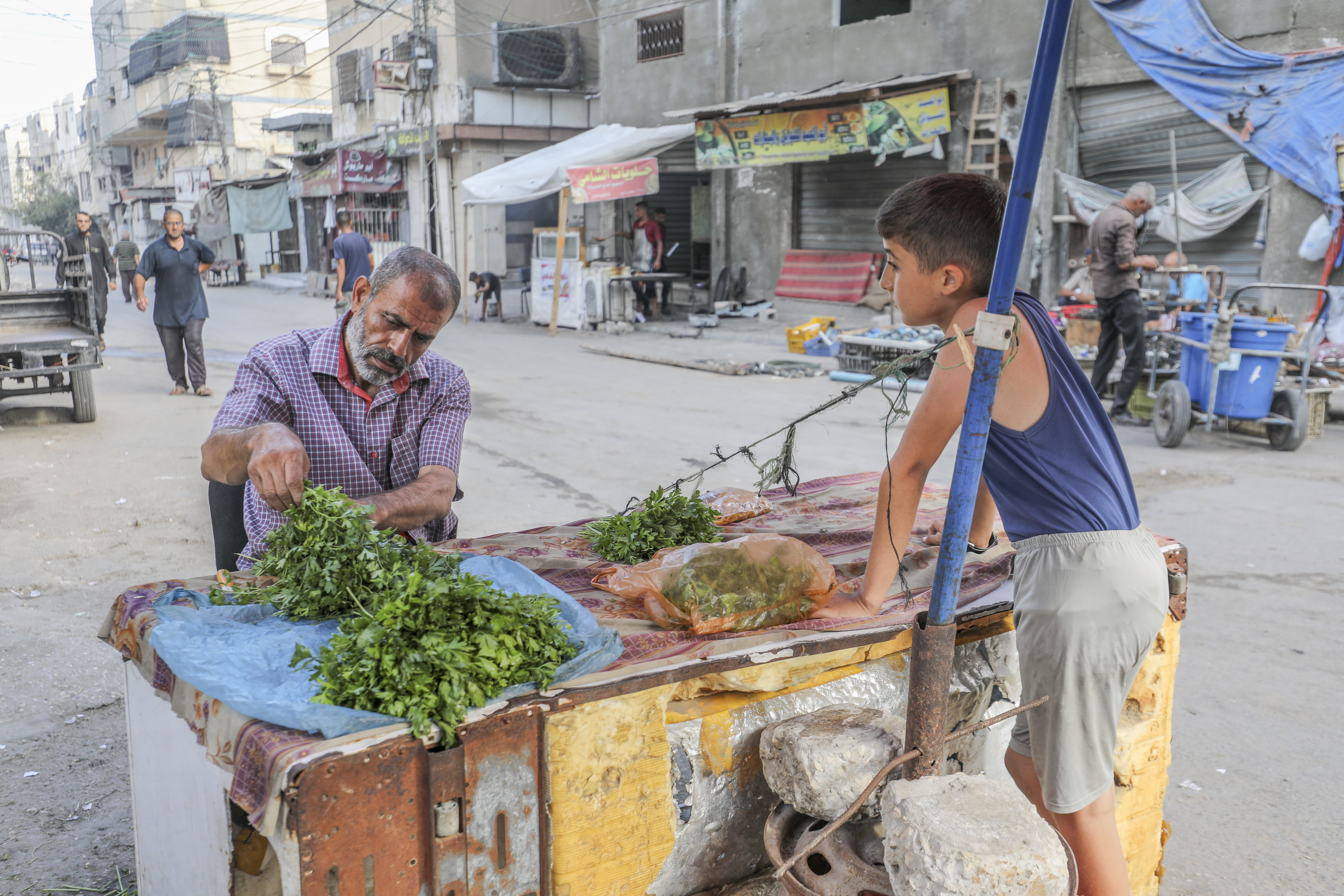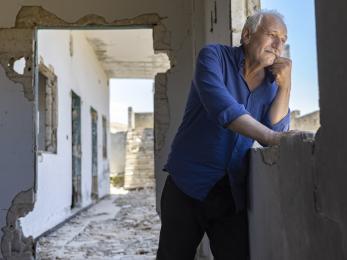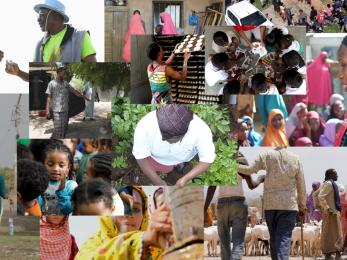What Maria left behind
Across the heart of Puerto Rico runs the Cordillera Central, a staggering mountain range that bore the force of Hurricane Maria.
In small mountain towns like Las Marias and Maricao, many people rode out the storm with friends or relatives, and it took days to cut through fallen trees and dig through the mud to see what was left of their homes. There was no way to know what they would return home to: Some houses were missing a few roof panels; others were swallowed by eight feet of mud, strewn across the mountain, gone.
It is a tedious, twisting drive up these mountains, made longer by the bulldozers and army trucks struggling to clear the way. It has been months since Maria hit, long enough to answer the question that always follows devastation like this, which isn’t when life “will return to normal,” but instead what normal has become. Power and water will not return here for months, if not longer. In the meantime, many people are living with friends or relatives, drinking from streams, and struggling to repair the things Maria took.
But while it’s easy to be overwhelmed by what has been lost, the story of these communities is in what Maria left behind: the proud, determined people who are pulling together to rebuild their lives. Communities that are tighter. Families that are stronger. There are things in these mountains Maria could not take, and that’s why Mercy Corps is there—to help Puerto Rico’s people recover, and to build better, stronger lives.
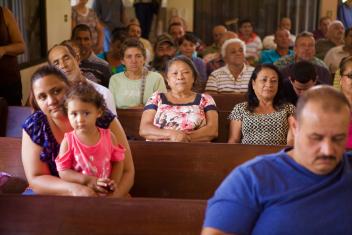

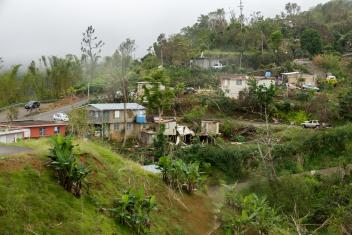
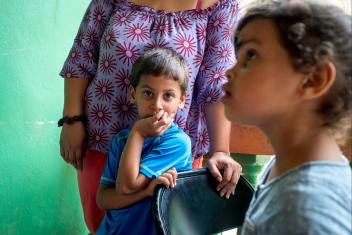

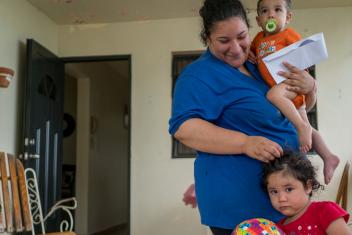
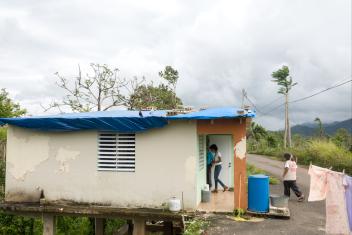
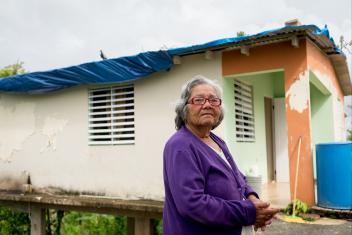

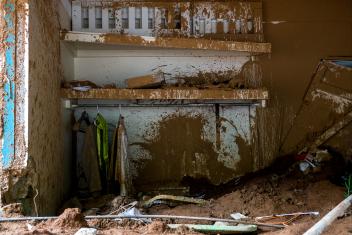
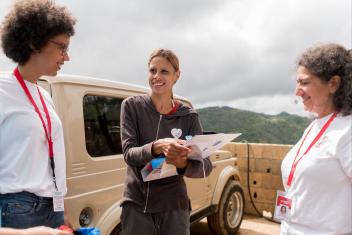
![“I knew we were going to lose our house,” Lizbeth says. “It’s a simple wooden house. … [The support from Mercy Corps] is a huge deal. We get water from the mountains and we have no idea if it’s clean or not. The money helps us a lot because right now one of our kids needs a pill that costs $1,000 each.”](/sites/default/files/styles/slide_small_1x/public/2019-12/PuertoRicoMaria12.jpeg?h=9f7dee20&itok=RoZxlB18)
